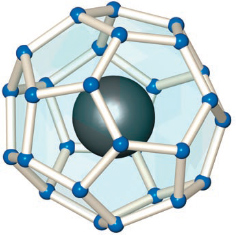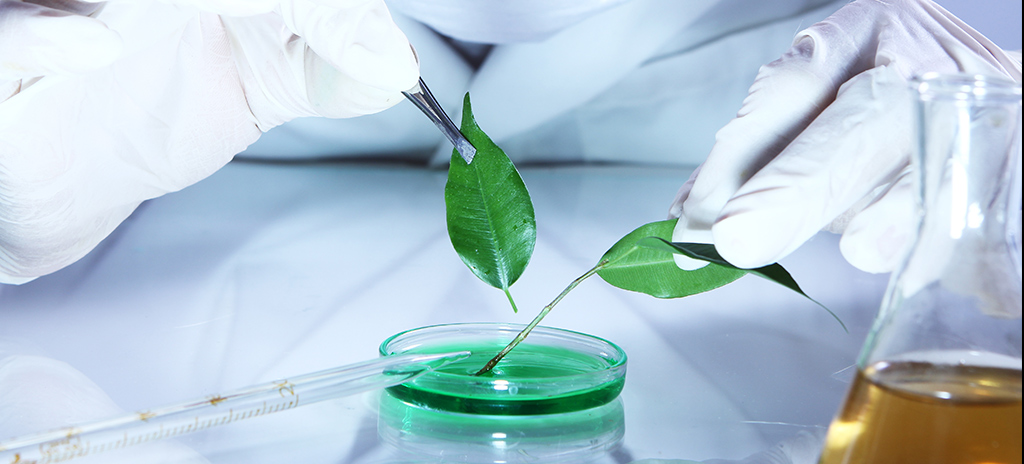Student Contributor: Animikha Ghosh (BTech Biotech, Semester IV)
Since the outbreak of severe acute respiratory syndrome coronavirus 2 (SARS-CoV-2), researchers and medical professionals worldwide are trying their best to combat this pandemic. This strain of virus shares 96% homology with bat betacoronaviruses and 95% similar genome with severe acute respiratory syndrome coronavirus (SARS-CoV) that causes another pandemic in 2002. The natural host for the virus is a bat and started in china. A recent study in 2019, warned that bats could cause the next coronavirus epidemic in China, due to their geographic proximity to the places having high population density.
There’s no particular medicine or vaccine known or discovered to date. Although some known broad-spectrum Antiviral drugs are used to treat COVID 19 now. In this crisis, Nanotechnology could give us some advantage in combating this pandemic. Nanoparticles have previously been used to treat influenza and tuberculosis. The basic idea of using nanoparticles in treating viruses is that the size of SARS-CoV-2 is structurally of similar scales of nanoparticles. Then, it could be possible to treat these nanoparticle bound viruses with exposure under an infrared light source for probable neutralization of these viruses inside the host body. The advantages of nanoparticles over drugs that it will not disrupt any other function such as the function of the immune system. The disadvantage of nanoparticles that they are pervasive. So to use them we need particles that are in good terms with body ecosystem and diet.
Iron-based Nanoparticles are used along with a combination of magnetic field exposure that could target specific organs such as lungs which is the most susceptible organ of viral infection. SARS-CoV-2 spreads mostly as small droplets of viral particles from breathing, talking, sneezing, coughing, that enters host cells through the routes of eyes, mouth, or nose and survive inside our body by attaching themselves to the flat surface at the kitchen, walls, posts, and other solid surfaces.
Pathogens can be made disabled by targeting them with nanoparticles before they can break into the host cells. So, that they cannot hold on to membranes and surfaces on the host cells. Researchers have shown various use of nanotechnology-enabled antimicrobial and antiviral strategies such as nanofiber-based facial respirators/masks, nano-based antimicrobial, and antiviral disinfectants, medical Cream and wound Dressing, detection kit, vaccine, etc, which already proven highly effective.
Recently masks and respirators are of high demand in the health care sector, especially nanofiber-based multi-layered facial respiratory masks. Nano-aerosols (colloid of fine solid particles or liquid droplets of sub-micron to nano-sizes), such as viral aerosols, could be lethal as they can go effectively through our lungs and work their way into our respiratory structures, doing the most noticeably terrible sort of harm.
25% of 0.3 micron sized viral-aerosols can be blocked using a conventional face mask, whereas a multi-layer nanofibre mask protects against suspended viral particles by blocking 80% of them and also blocks the viral-aerosols having a size less than 0.3 microns. These masks exhibit higher efficiency in improving the performances of various parameters like breathing proficiency, air filtration, porousness, antimicrobial properties and also prove comfortable and economically cheaper.
Now the key question is how effective are these nanotechnology-enabled facial masks to protect ourselves?
National Institute of Occupational safety and health (NIOSH) evaluated, tested, and approved that nanotechnology-enabled N95 is the most effective mask to avoid any form of transmission. It can capture tiny viral particles of very small size as 0.3 microns(a typical hair is 70 to 100 microns).
The difference between a technology-enabled N95, N99, and N100 lies in their ability to filtrate different sizes of particles. It also resists small particle aerosols, large droplets (only non-oil aerosols). Nanofibers are the best possible material available to make N95 masks, which not only increases the breathing surface area but also proves clinically fit to capture several naturally occurring nanoparticles (e.g., viruses), micron-sized particles (e.g., bacteria), and man-made particles (e.g., soot from diesel exhaust). This pandemic claim lives worldwide and production and supply of masks are the priority. In this aspect, many start-ups and companies with their R&Ds are coming to help medical professionals.
Attempts are made to decontaminated disposable N95 masks by using UV rays, vaporized hydrogen peroxide, and dry heat. Ethyl alcohol is not recommended as it degrades the materials. But one-time use of both N95 and other surgical masks hurts the atmosphere. So, it is essential to create reusable masks.
Korea Advanced Institute of Science and Technology (KAIST) has developed washable and reusable Nanofilters for face masks. The filter inside can be replaced and the mask is reusable after ethanol wash. These masks are based on Insulated Block Electrospinning (IBE) technology, in which nanofibers are intersected or aligned at 90 degrees to each other in a cross-shaped pattern.
Although the World health organization does not recommend wearing a face mask for the general public as there is no conclusive evidence to suggest that wearing a medical mask could protect healthy individuals from coronavirus infection and rather promotes social distancing. But it can surely be said that the nanobiotechnology-based antimicrobial technologies are of high potential and still a huge scope of research and job opportunities are available in this field.
In our department of biotechnology, in the School of life science & Biotechnology at Adamas University, we offer nanobiotechnology as a part of the BSc, BTech, and MSc biotechnology course curriculum. The nanobiotechnology syllabus is well supported with both theory and practical based courses, along with internship programs at various research laboratories and industries all around the country, which gives you in-depth knowledge in this subject and an understanding of how to use this technology to make new scientific innovations.
So, welcome to the Department of Biotechnology, to pursue your carrier in a promising subject like Nanobiotechnology, offered by the School of Life Science and Biotechnology at Adamas University.























